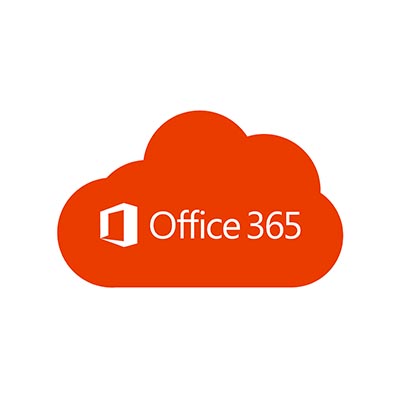Microsoft Office 365 is perhaps one of the most important subscription-based solutions on the market. However, since the services provided by Office 365 are obviously based on a current subscription, you should understand what happens when your subscription expires.
Because retaining customers costs Microsoft much less than seeking new ones, they have a three-step process to give their customers as much time as possible to decide if they really want to let their subscription go:
Step 1: Expired
After your subscription expires, you have thirty days where you can still use your Office 365 account. Your installed applications can still be used, and you can even access additional solutions. Your data will still be accessible, and admins can still add services or applications and back up data. And of course, you can still renew your subscription.
Step 2: Disabled
After 30 days, your subscription status becomes Disabled, until the 120th day since expiration. Only administrators have access to the admin portal and can back up any stored data. The rest of your users won’t be able to get their work done, access their email, or access OneDrive for Business. Locally installed applications will offer limited functionality, and won’t let you edit or save files. Naturally, the global administrator can still resume the licensing subscription at this point.
Step 3: Deprovisioned
After 121 days, administrators lose all access to any data. No backups can be taken, and apps or services will be inaccessible. Microsoft will start removing your data from its servers. If you want, you can have deprovisioning sped up. If your business wants to resume using Office 365, you will need a new subscription.
Let Us Help Manage Your Office 365 Subscriptions
Quikteks can help. As part of our managed services, we can keep track of all your subscription renewals. Reach out to us at (973) 882-4644.

